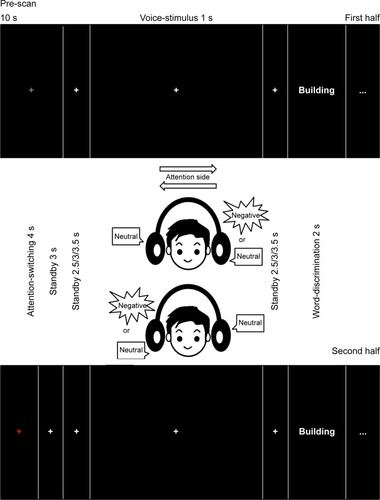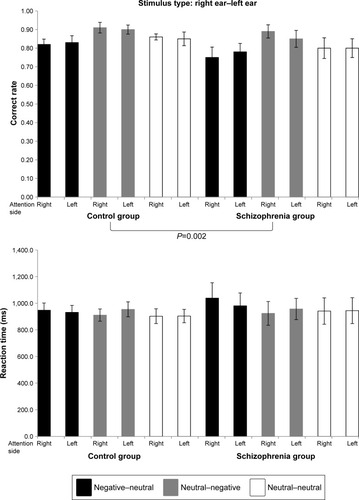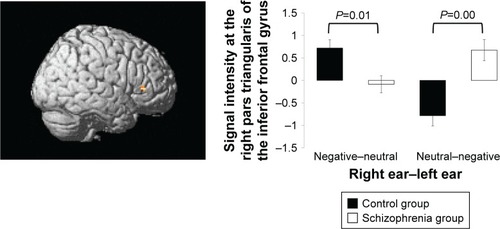Figures & data
Figure 1 Experimental paradigm.

Table 1 Participant characteristics and symptom scores
Figure 2 Behavioral results.

Table 2 Behavioral results
Figure 3 Functional magnetic resonance imaging results.

Figure 4 Relationships between signal intensity and positive symptoms and delusional behavior.
Abbreviation: PANSS, Positive and Negative Syndrome Scale.

